Homebuyer Beware: Spot These 6 Signs of Chimney Damage Before You Buy
Owning a home is a dream most people have and work towards. While shopping around for your ideal home, you must have a checklist to ensure you pick one that meets all your needs and is safe for you and your family.
Top on the house checklist you need to assess is the state of the chimney, as buying a home with a damaged chimney can lead to extra costs in terms of repair. Below are six signs of chimney damage to look out for before you buy.
Six Signs of Chimney Damage To Look Out For Before You Buy:
1. Deteriorated or Cracked Mortar Joints
Worn-out mortar joints vastly increase the level of moisture leaking into a chimney. During the cold seasons, especially winter, the water that seeps in will freeze, then expand, leading to more damage to the chimney.
Once the cracks form, they let heat and smoke escape in areas they shouldn’t. But the most significant risk is the probability of collapse when most of the bricks creating the chimney lose stability due to deep cracks.
Even when regularly maintained, mortar joints can still develop cracks from wear and tear. So patiently look at the chimney; if you observe spaces or gaps, the duct is damaged.
Sometimes, you won’t see the mortar joints from the exterior, but you can hire a professional to check the interior for you.
2. Smokey or Foul Smell
Creosote is the primary byproduct of burning wood, so if the previous homeowners used the fireplace frequently, chances are there is a lot of creosote clinging to the flue liner. You will realize such if you notice a smokey or foul smell indoors.
Unfortunately, creosote doesn’t only cause bad smells. Toxic gasses from burning wood require a clear pathway to clear safely. However, excess creosote will block these gases from clearing out, which affects your home’s air quality.
Plus, using a chimney with creosote buildup increases the chances of accidentally starting a house fire.
3. Spalling Bricks
Bricks are absorbent. So moisture will enter the brick masonry and slowly break it apart after a while. Similar to deteriorated mortar joints, this will be exasperated during the cold season, when water freezes inside these bricks.
Common causes of spalling include;
- Use of low-quality components, particularly in prefabricated houses
- Extreme weather
- Old bricks
- Using high-powered washers while cleaning the masonry
If considering an old home, thoroughly check for spalling bricks in the chimney. Such places have been exposed to the elements for an extended period; hence the bricks may be worn out
4. Worn-out Flashing
Chimney flashing refers to a metal sheet that acts as a watertight seal between the roof and the chimney. Flashing doesn’t easily get damaged, but after a long period of use, it will also get worn out.
If you notice rust in spots between the flashing and the roof, it indicates water damage. Water dripping into your home’s roof can lead to mold, wood rot, and other issues.
Corners are especially vulnerable to such rust, so check them thoroughly. You can repair slightly worn-out flashing. However, experts recommend getting a new one.
5. Paint and Wallpaper Damage Near the Chimney
When you notice paint or wallpaper peeling close to the chimney, it’s a sure sign that it is damaged. The mortar or brick in the interior may have cracked or chipped, or the flue liner could be faulty.
In some instances, the problem could arise if the previous homeowners installed a gas fireplace and failed to buy the recommended flue liners.
6. Shaking Flue Tiles
Inside a chimney, you will find a flue liner that directs air flow up and outside the house and protects the bricks from heat.
A faulty flue liner can cause a lot of harm, including poor air circulation inside the house, and the heat will damage the bricks.
If you see tiny slices of the flue liner in the firebox, it’s an indication of shaling complications.
Unfortunately, most liner problems aren’t easy to detect for an average homebuyer, as the ladder runs through the chimney. Hence, once you pick a house, you must inspect it using a certified and professional chimney sweep.
Professional Chimney Cleaning, Repair, and More in Northern Virginia
Chimney problems worsen over time and may cause severe damage to your home or life-threatening issues for you and your family. That’s why you must buy a home with a perfectly working chimney.
We at Sixpenny Chimney can do chimney inspections for you and carry out regular cleaning and maintenance to ensure it always works optimally. Call us for a quote today.

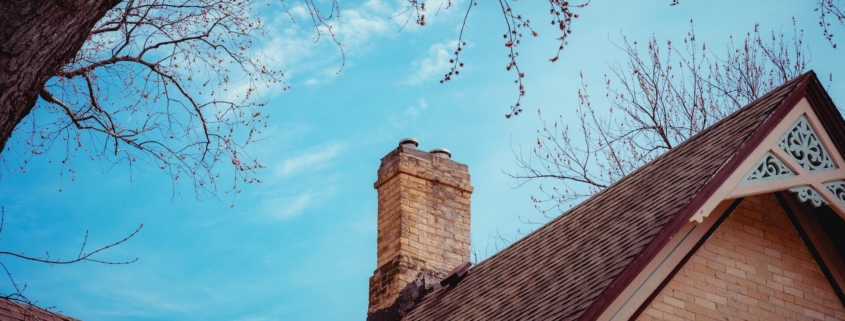
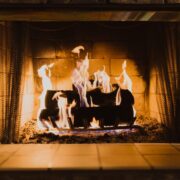
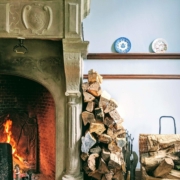
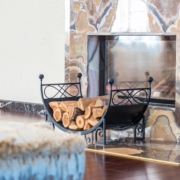

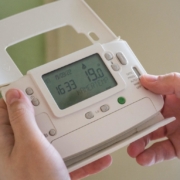
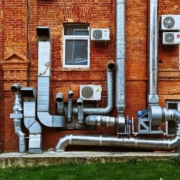
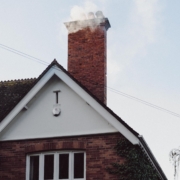
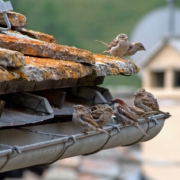



Leave a Reply
Want to join the discussion?Feel free to contribute!